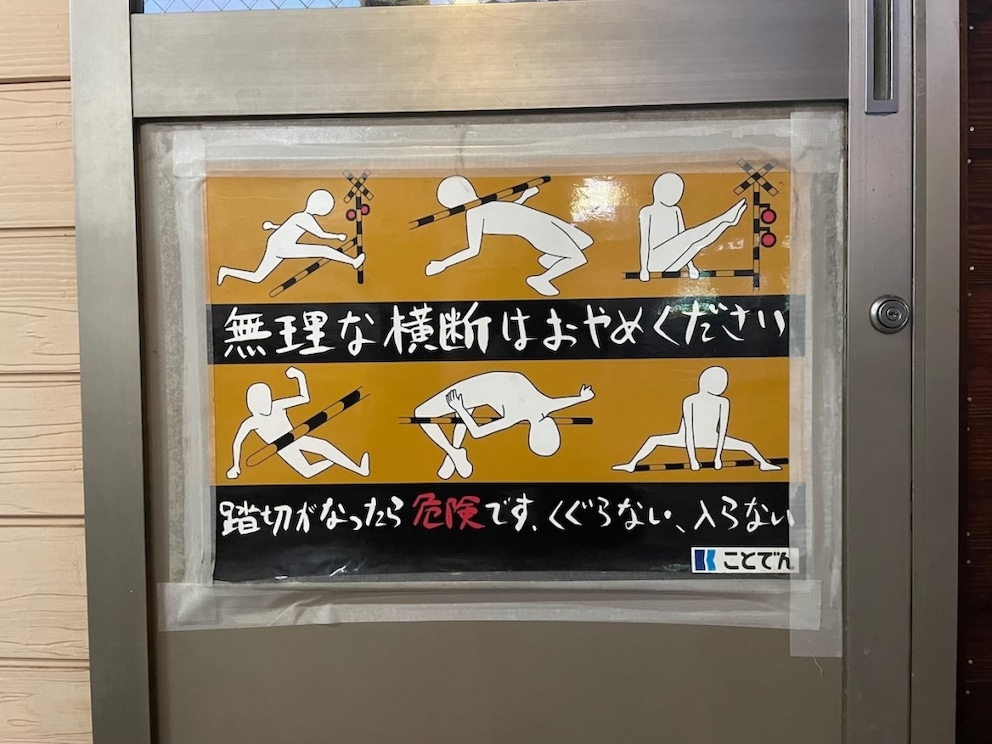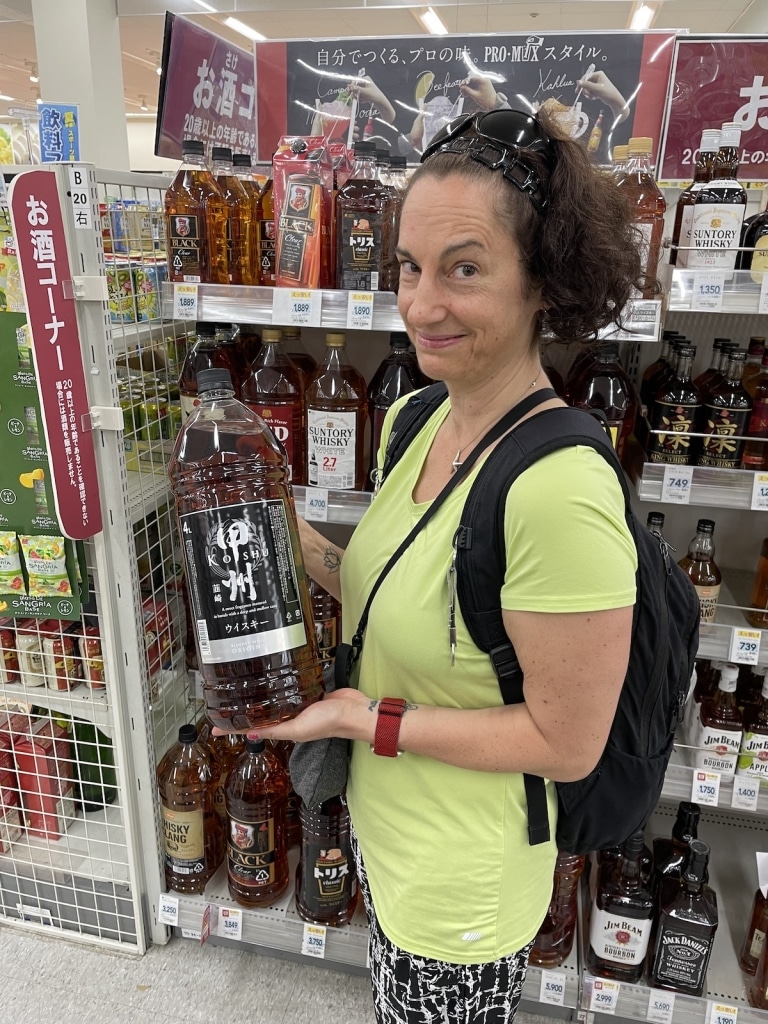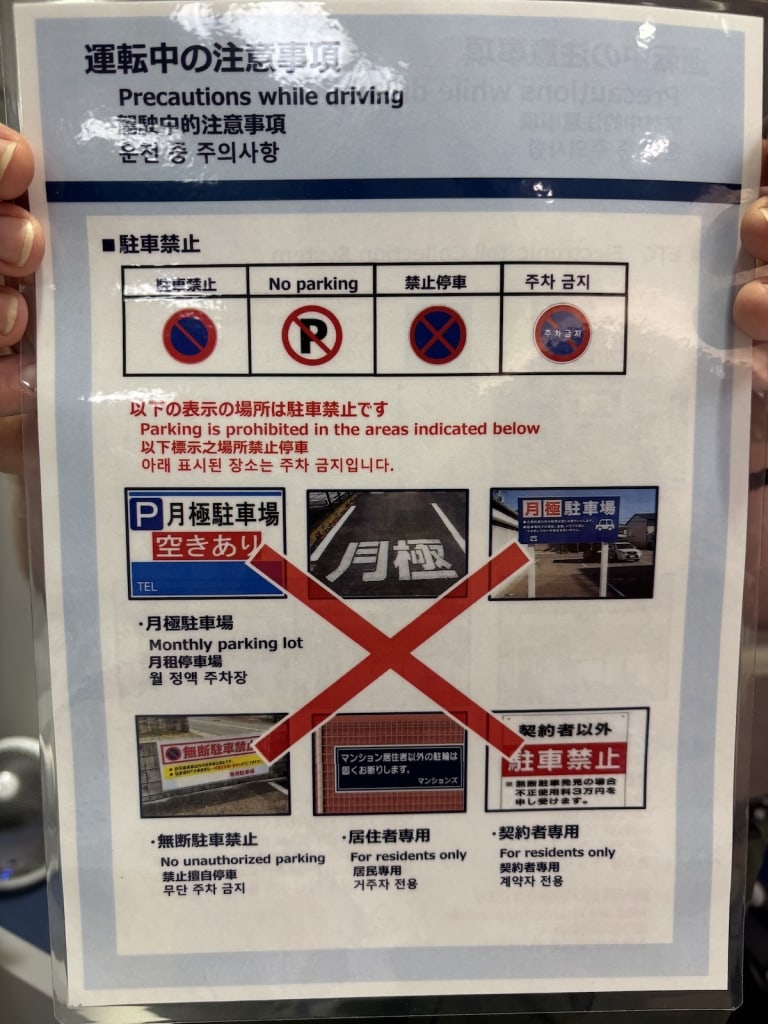October 17, 2024, 6:56 am | Read time: 13 minutes
Japan has an outstandingly well-developed public transportation network. Buses, trains, ferries – it’s not just in the major cities that you can easily get from A to B. Nevertheless, it can make sense to hire a car for your trip in Japan. TRAVELBOOK reveals everything you need to know for a successful road trip.
A survey conducted by the Japanese Interior Ministry in 2020 found that only 60 percent of tourists driving a car were aware of Japanese traffic rules. Only 30 percent were aware of parking rules and speed limits. But especially if you want to visit more remote regions of Japan, such as the eerie Valley of the Dolls, or hike on the less-populated trails of the many national parks, it is worth considering a rental car. You should then be prepared for the peculiarities of driving in Japan.
Overview
Important information about driver’s licenses in Japan
To rent or drive a car in Japan, you need a certified Japanese translation of your driver’s license. According to the German Foreign Office (AA), the German International Driving Permit is not recognized in Japan. The translation must be done by a certified translation agency, and costs around 70 euros. The procedure can take up to four weeks, so plan ahead! Reliable providers for this are, for example, Japan Experience and ADAC Südbayern e.V.
Japan fans, watch out: The driver’s license translation expires one year after leaving the country! Austrian travelers can drive in Japan without any problems with an international driver’s license from Austria. However, in addition to the international driver’s license, the national driver’s license must always be carried as well.
Traffic rules in Japan
Beware, left-hand traffic!
As in the UK, Malta, and Thailand, Japan drives on the left. In rental cars, the steering wheel is therefore on the right, and the levers for the windshield wiper and the turn signal are reversed: the windshield wiper is operated on the left and the turn signal on the right. Extra concentration is required when driving, particularly when turning right. On the one hand, because it is easy to “habitually” move back into the right-hand lane, and on the other hand, because it is easy to overlook pedestrians or cyclists. Maintaining your lane is easier when you focus on the position of the car ahead or the road’s center line rather than the side markings. Traffic circles are rare in Japan, but even there it pays to be vigilant about turning left. You also drive onto the highway from the left.

Narrow road width
Even if the car rental company offers an upgrade to the latest, chic SUV, large, high-horsepower cars are an unfavorable choice in Japan. This is due to the usually quite narrow road width. The highway lanes are narrower than in Germany. And the country roads often lead over narrow, winding mountain passes or through narrow tunnels. In rural regions in particular, there are often single-lane roads with only a few passing bays. Here, the driver who is closer to the passing place stops, waits, and lets the oncoming driver pass. Don’t forget to raise your hand and say thank you!
Consideration in traffic
Traffic in some Asian countries (such as Thailand or Vietnam) is often perceived as hectic and chaotic by many Europeans. Not so in Japan! Japanese driving behavior is usually respectful and full of consideration. The rules of traffic legislation are observed almost without exception. Even if the speed limits are sometimes not followed quite so strictly. Obstructing other drivers is considered extremely rude, and swearing and gesticulating are no-goes. This is why driving in Japan is usually quite stress-free. Traffic is well organized – traffic lights in cities, for example, are often coordinated and make a “green wave” possible.
Respect the right of way
There are no right-before-left or left-before-right rules in Japan. In Japan, the principle that “whoever is driving on the wider road has right of way” applies at not-signposted points. In case of doubt, the following also applies in Japan: drive defensively and communicate with a friendly smile using hand signals.
Stop, pull over!
At level crossings, crosswalks and “stop” signs in Japan: stop! It’s also good to know that the “stop” sign in Japan is a red triangle pointing downward. You also need to be careful at level crossings. There are a lot of level crossings without gates, and trains run very frequently in Japan. So approach at walking speed and look twice before going across the railroad crossing.

Slow down
Most roads in Japan have speed limit signs. If there are no signs, the speed limit is 50 km/h in built-up areas, 60 km/h on rural roads, and 100 km/h on highways. Speed traps are frequent and well hidden in Japan. Even if many drivers in Japan do not strictly adhere to the speed limits, especially on better roads, it is still advisable to do so yourself. The penalties for speeding are also significantly higher than in Germany.
Drinking and driving
Drinking and driving is severely punished in Japan. Anyone caught driving with a blood alcohol concentration of more than 0.3 permille can be punished with a prison sentence of up to three years and a fine of up to 500,000 yen (3,100 euros). Drivers with a blood alcohol concentration of more than 0.5 permille risk a prison sentence of up to five years and a fine of up to 1,000,000 yen (6,200 euros). Please note: People who supply drivers with alcohol, encourage them to drink, or provide them with a vehicle when they have been drinking can also face severe penalties. Anyone who has knowingly provided a car to a drunk driver will be subject to the same fines and imprisonment as the driver.

Buckle up and put your cell phone away
As in Germany, the following applies in Japan: using a cell phone without a hands-free device is prohibited while driving. To use the cell phone, the car must be parked, and the engine must be switched off. This applies to making phone calls as well as chatting via Messenger or other tapping and swiping. The car must also be in park to operate the navigation device. Buckling up is also mandatory for everyone in the car in Japan.
Accident? Call the police
Anyone who has an accident in Japan, no matter how minor, must contact the police and the car rental company. What you might be able to negotiate locally in Germany is different in Japan. Because without a police report, no insurance will pay. Even if it seems unpleasant or embarrassing, you must inform the police and rental company. Otherwise, you will be left to pay for the damage yourself.
Highway tolls in Japan
Tolls are charged on many highways and expressways in Japan. These fees can either be paid directly at the tollbooth in cash or with a prepaid card (such as Suica or Pasmo). Or you can use the more convenient option of the so-called “ETC” card. This card is inserted into a small socket in the car and is automatically recognized by the toll barrier. Most car rental companies offer to rent the card for a small fee when you pick up the car. At the end of the rental period, the highway toll is then paid in one go.
The fees vary depending on time and utilization and can theoretically be calculated in advance on the Navitime website. However, the site is only available in Japanese. But, you can switch the search engine to the Latin alphabet and thus roughly calculate the costs. Driving on the highway in Japan is not cheap, but the roads are in excellent condition. They are well maintained and lit, and they have rest stops with spotlessly clean toilets and restaurants at regular intervals.
Rental cars in Japan
Rental cars usually have automatic transmissions
Most rental cars in Japan have automatic transmissions. Gear shifts are very rare and can usually only be ordered in advance. The reason for the widespread use of automatic transmissions in Japan is the many steep roads along the countless mountain routes, on which shifting up and down can quickly become an annoying, constant occupation.
“Kei cars” – the Japanese mini cars
The so-called “kei cars” are an integral part of the Japanese street scene. “Kei cars” are small cars that usually resemble a mini version of a coach and have a narrower wheelbase than European cars. The advantages of this class of car are obvious: they can zip along steep, narrow bends with ease, take up little space when you are looking for a parking space, and they are very fuel-efficient. This is why they are so popular with car rental companies and a good choice for a road trip in Japan. Thanks to high safety standards and clever interior design, driving becomes an authentic travel experience. And when you see the cute kei police cars, kei garbage trucks and kei cement mixers, you will fall madly in love with the little driving shoeboxes.

Refueling before returning the rental car
Another special feature of renting a car in Japan is that you are usually given a specific petrol station by the provider where you have to fill up before returning the car. Keep the receipt in a safe place, as you will also need it when you return the car to the station. It serves as proof that the tank contains the correct amount of fuel.
No English
Whether at a car rental, a service station, or a gas station, anyone traveling to Japan will find that little to no English is spoken. In the “EF EPI” ranking, an international English performance index, Japan ranked only 87th out of 113 countries assessed in 2023. Germany is still in 10th place. This is why many car rental companies have small translation devices available to explain the rental conditions and the most important traffic rules. These explanations are often presented in a carefully choreographed sequence. Pieces of paper are held up with a smile, and important paragraphs are circled or underlined with different pen colors. At petrol stations, you can help yourself with translation apps on your cell phone. This is because all buttons and displays at petrol pumps are usually only labeled in Japanese.

Parking in Japan
Always park in reverse
Japan’s politeness is also evident when parking. Reversing into a parking space is the norm here so as not to obstruct anyone when driving out. This also applies to huge parking bays in front of supermarkets or at highway service stations, which you could easily drive into from the front – but real Japanese parking means parking in reverse.
Where parking is prohibited
The general rule in Japan is that parking is prohibited wherever it is not expressly permitted. This means no parking at the side of the road or on the curb! It is also frowned upon to park in the second row. If you park in the second row, in front of a driveway, in a private parking space, or at an important access point such as a fire hydrant, you will be towed away very quickly.
Especially in larger cities and towns, there is therefore a dense network of paid parking lots for 600 to 2,000 yen (approximately 4 to 12 euros) per day. A metal bar “claws” under the wheels and is laid flat again as soon as you have entered the parking space number at the machine and paid the parking fee. In the countryside, the parking situation is usually relaxed, with most hotels and accommodations offering free parking.
Refueling in Japan
There are two main types of petrol stations in Japan: full-service gas stations and self-service gas stations. Self-service stations with cashiers are rather rare. At full-service stations, the entire refueling process is handled by employees. All you have to do is hand over the key to open the filler cap and then cash or credit card. At self-service filling stations, you have to deal with the machine. As buttons and displays are usually only labeled in Japanese, you can use a translation app or ask an employee for help. As some German credit cards do not work at Japanese petrol stations, it is advisable to always have some cash with you just in case. In some rural areas, in particular, only cash is accepted at petrol stations.
Other special features of driving in Japan
The delights of Japanese rest stops
The highway service stations in Japan are worth a visit in their own right. Not only are there spotlessly clean, free toilet facilities (often with shower cubicles, changing rooms and make-up tables), but there are also many delicious Japanese dishes. A dish is often selected and paid for at a vending machine, which is then prepared in the cook shop and can be picked up at a counter. From sashimi to curry to karaage, no wish remains unfulfilled. Souvenir stores, drugstores, and grocery stores are often attached.


Up to €8,000 Fine! Greece Drastically Tightens Traffic Regulations

Mapped: The perfect road trip through the USA

Road trip through France – 8 questions and answers
Construction sites like fairgrounds
Construction sites in Japan are a real spectacle. Even the smallest road construction site is secured with a multitude of precautionary measures. Employees in safety uniforms stand in front of the construction sites waving flags or glow sticks; flashing signs in the shape of flowers or circles stand along the work sites; colorful LED ribbons line the construction fences; and forests of pylons pile up at the edge of the road. At times, approaching a construction site feels like entering a rollercoaster at an amusement park. But the effort pays off: Japan has invested massively in road safety in recent decades and is now one of the safest countries in the world, according to the WHO Road Safety Report.

